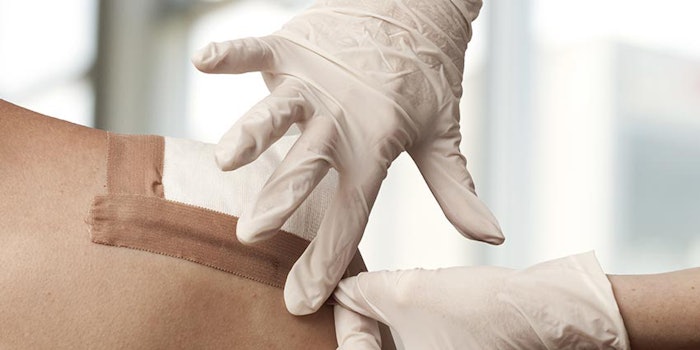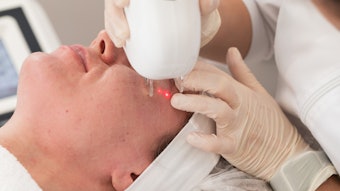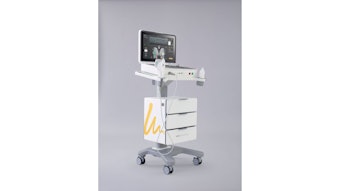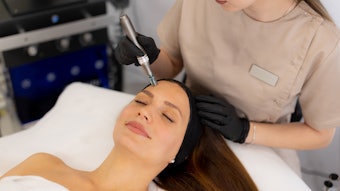
With treatment of chronic wounds costing the U.S. more than $25 billion annually, advances in skin grafting are in the works to ensure safe recoveries and minimal scarring for the estimated 2 million burns in the U.S. every year. Canadian scientists have developed alternative, tech-driven methods of treating severe wounds to the skin.
Skin grafts performed with cultured skin substitutes can be inefficient and cause more damage than good to the injured skin, with risks of bleeding, infection and nerve damage. The $15 per square centimeter substitutes also require 3–12 weeks after biopsy before application.
Technology Drives Healing Home
In vivo experiments have shown the positive effects of cellularized bilayer pullulan-gelatin first generation hydrogel in the treatment of burns and other chronic wounds, according to a recent article in Tissue Engineering Part A. The inclusion of Mesenchymal stem cells (MSCs) derived from Wharton's jelly for their long-studied effect on would healing also plays a part in improved wound healing techniques.
“We not only need proper material in the scaffold of a skin substitute which can provide a niche for stem cells to grow and differentiate but also we need a technology to bring the stem cells together in a special formation which facilitates their growth and differentiation,” said stem cell biologist Saeid Amini-Nik, M.Sc., M.D., Ph.D., and author of several articles on the subject of wound healing.
Amini-Nik and scientists out of the University of Toronto have developed a microfluidic device that incorporates material and cells within a biopolymer sheet controllably, with aims to design a “skin printer.” The biomedical engineering team is working to form a skin substitute capable of accommodating multiple stem cell populations to facilitate healing.
Source: Dermatology Times










